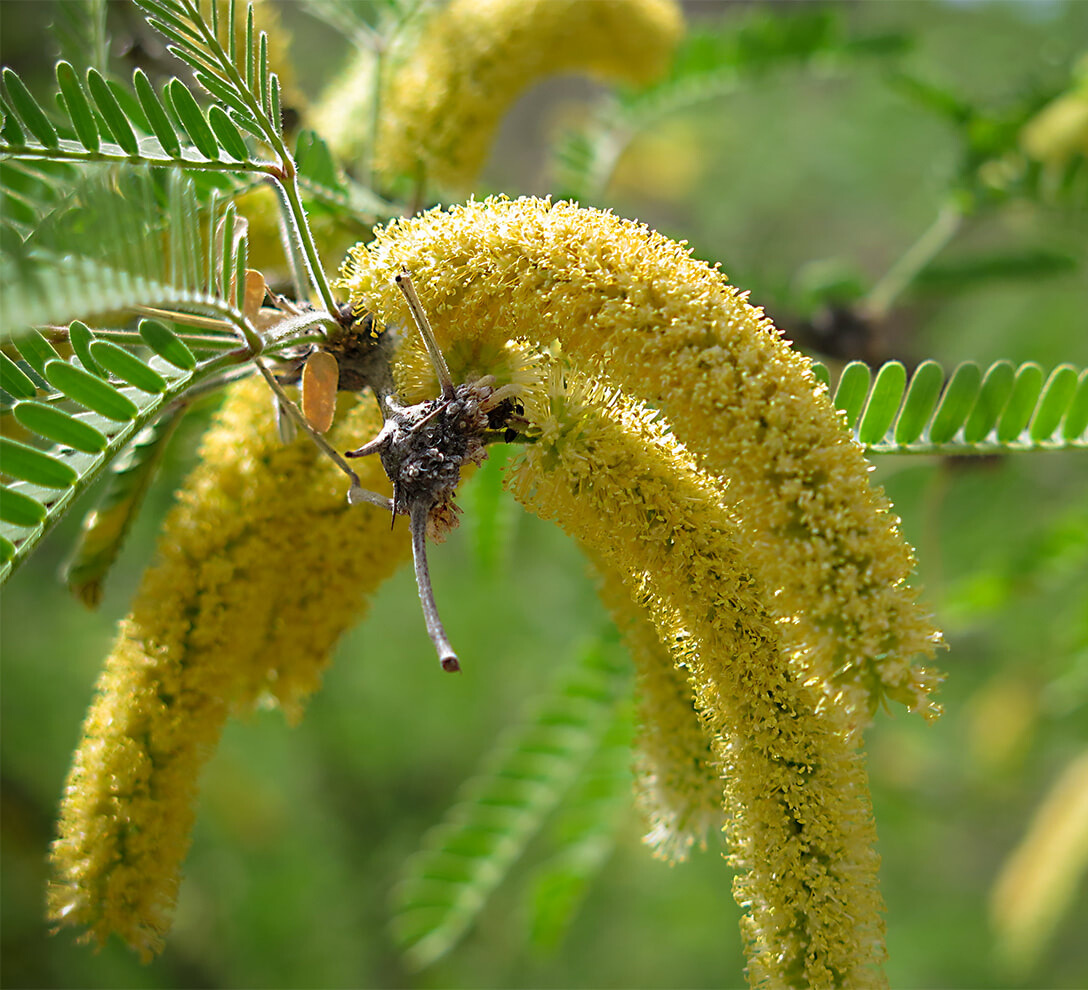
Velvet Mesquite and Planting: A Guide to Cultivating Beauty
Table of Contents
- Introduction
- The Marvel of Velvet Mesquite
- Benefits of Planting Velvet Mesquite
- Selecting the Ideal Location
- Preparing the Soil
- Propagation Techniques
- Planting Your Velvet Mesquite
- Nurturing Young Saplings
- Watering Wisely
- Pruning for Health and Form
- Dealing with Common Issues
- Embracing Sustainability
- Celebrating the Beauty
- Conclusion
- Frequently Asked Questions
Introduction
Imagine a tree that embodies the spirit of the desert, offering both beauty and practicality. The velvet mesquite, with its graceful form and remarkable adaptability, is more than just a tree – it’s a testament to the resilience of nature. In this comprehensive guide, we will delve deep into the art of planting and nurturing velvet mesquite, uncovering the secrets to fostering a vibrant oasis of green in even the most arid landscapes.
The Marvel of Velvet Mesquite
The velvet mesquite (Prosopis velutina) stands as a living masterpiece in arid regions. Its signature velvety leaves and clusters of fragrant, creamy flowers create an enchanting visual spectacle against the backdrop of desert sands. This marvel of nature has not only survived but thrived in some of the harshest environments, showcasing its extraordinary ability to adapt and flourish.
Benefits of Planting Velvet Mesquite
Beyond its aesthetic appeal, the act of planting velvet mesquite offers an array of ecological and practical benefits. This remarkable tree’s deep-reaching roots help combat soil erosion, stabilizing the land and preventing the loss of precious topsoil. Its presence also attracts diverse wildlife and essential pollinators, contributing to the delicate balance of local ecosystems.
Selecting the Ideal Location
Choosing the right location is pivotal to the successful growth of your velvet mesquite. Opt for a spot that receives abundant sunlight, as this tree thrives in full sun conditions. Additionally, ensure the soil has good drainage, as waterlogged roots can lead to health issues.
Preparing the Soil
The foundation of a healthy velvet mesquite begins with the soil. Conduct a thorough soil test to assess its pH and nutrient levels. If necessary, amend the soil with organic matter to enhance its fertility and improve its drainage capacity. Well-prepared soil sets the stage for strong and vigorous growth.
Propagation Techniques
Propagating velvet mesquite can be accomplished through two primary methods: seeds and cuttings. If using seeds, it’s crucial to scarify them to improve germination rates. Cuttings, taken from established trees, can also be successfully rooted with proper care and attention.
Planting Your Velvet Mesquite
When it comes to planting your velvet mesquite, attention to detail is paramount. Dig a hole slightly larger than the root ball of your sapling. Gently place the tree in the hole, ensuring that the top of the root ball is level with the soil surface. Backfill the hole, tamp the soil gently, and water thoroughly to eliminate air pockets.
Nurturing Young Saplings
Young velvet mesquite trees require diligent care to ensure their healthy establishment. Regular watering is essential, especially during the initial stages of growth. Apply a layer of organic mulch around the base of the tree to conserve moisture, regulate soil temperature, and deter weed growth.
Watering Wisely
While mature velvet mesquite trees are well-suited to arid conditions, proper watering is still crucial, particularly during their formative years. Gradually reduce the frequency of watering as the tree matures and its root system becomes more self-sufficient.
Pruning for Health and Form
Pruning is an essential practice to encourage healthy growth and maintain an attractive form for your velvet mesquite. Focus on removing dead or diseased branches, as well as those that may be crossing or competing for space. Pruning during the dormant season promotes rapid healing and reduces stress on the tree.
Dealing with Common Issues
Despite its resilience, velvet mesquite may encounter some challenges. Keep a watchful eye for signs of pests, diseases, or nutrient deficiencies. Prompt intervention, whether through organic treatments or cultural practices, can prevent issues from escalating.
Embracing Sustainability
Planting and cultivating velvet mesquite aligns with sustainable landscaping practices. Its ability to thrive with minimal water makes it a valuable asset in water-conscious landscapes. By incorporating velvet mesquite into your environment, you contribute to a more ecologically balanced and resilient ecosystem.
Celebrating the Beauty
As time passes, your velvet mesquite will evolve into a stunning centerpiece of your landscape. Its spreading canopy will provide shade and habitat for local wildlife, while its unique foliage and elegant form continue to captivate the eye. Sharing the beauty of your velvet mesquite with others can inspire a deeper appreciation for the natural world.
Conclusion
Planting a velvet mesquite is a testament to the harmony between human intention and the environment’s inherent beauty. By following the steps outlined in this guide, you embark on a journey of transformation, witnessing the growth of a remarkable tree that embodies the spirit of the desert. The presence of a vibrant velvet mesquite in your landscape is a celebration of nature’s resilience and a symbol of your commitment to nurturing the earth.
Frequently Asked Questions
- Can velvet mesquite tolerate extreme temperatures?
- Yes, velvet mesquite is well-adapted to arid climates and can withstand both high temperatures and low-water conditions.
- How long does it take for a velvet mesquite to reach maturity?
- Velvet mesquite trees typically take about 10 to 15 years to reach full maturity, depending on growing conditions.
- Are velvet mesquite trees suitable for urban landscapes?
- Yes, velvet mesquite’s drought tolerance and adaptability make it a suitable choice for urban environments with limited water availability.
- Can I use fallen velvet mesquite leaves as mulch?
- Absolutely, fallen leaves can be collected and used as organic mulch to enrich the soil and conserve moisture.
- What is the ecological significance of velvet mesquite?
- Velvet mesquite plays a vital role in desert ecosystems by providing food, shelter, and habitat for various species, contributing to biodiversity and ecosystem health.